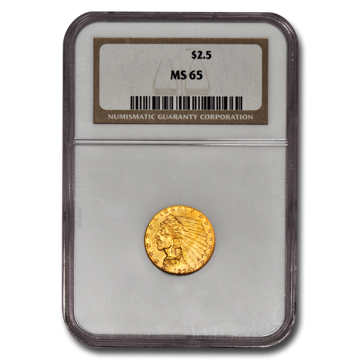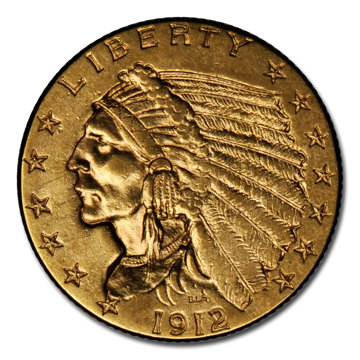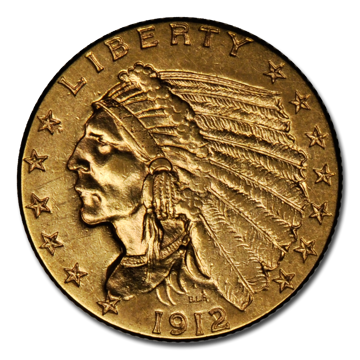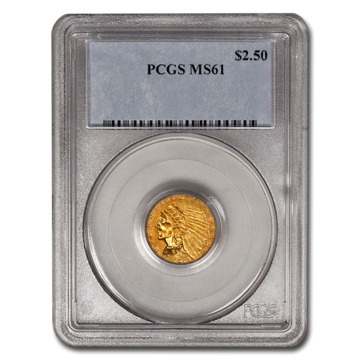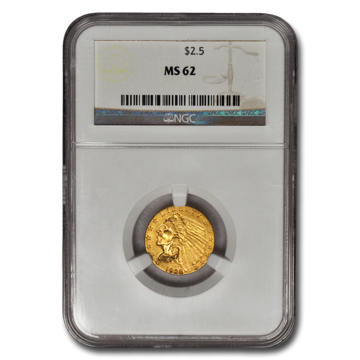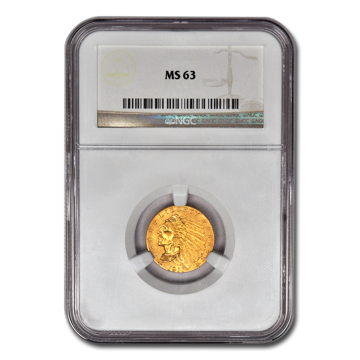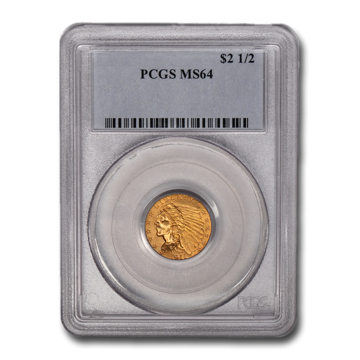Sort By:
Not Sure What Works for You?
Our team of Gold & Silver Analysts have over a century of combined experience to guide you toward the best products to protect your wealth and reach your goals. Call us today.
Already know what you need?
Place your order in just 3 quick steps.
Select Your Products
You choose between our assortment of Precious Metal Bars and Coins, then add your desired products and quantities to your cart.
Lock in Your Order
Select your payment method, and enter your billing, shipping, and credit card information. We place a $35 hold on your credit card to lock in the prices until funds arrive.
Ship to Your Door for Free
We ship within 72 hours and provide you with a tracking number to follow your order. For security, shipping insurance is included with your order and a signature is always required.






